| An article posted March 10, 2020, on www.audubon.org by Audubon Magazine reporter Asher Elbein, mentioned that the term could also refer to birds. The posting titled "What’s the Difference Between a ‘Borb’ and a ‘Floof’?" provided some insight on the issue. Elbein wrote, "Consider then the borb. Urban Dictionary provides the canonical definition: a fat bird. This perceived fatness isn’t incidental to their appeal but central to it: ... the borb is roundness. Their plush, planetary shapes exert a gravitational pull on our hearts and minds." Elbein went on to describe the differences in the terms. "Interestingly, a floof is not necessarily always a bird. The word refers to any abundantly fluffy creature. In mammals, floofiness is largely a passive attribute, but birds engage in it as a matter of behavior," the reporter posted. |
| "It's also important to remember that a borb can also be a floof, as the latter only requires the fluffing of feathers," Elbein penned. Frigid temps over the past winter season brought out the floof and created some borbs. All the floofiness had me wondering about just how birds deal with the cold weather. |
| "Like us, birds are warm blooded, which means their bodies maintain a constant temperature, often around 106 degrees Fahrenheit," the article explained. "Cardinals, impossible to miss against the snow, and other smaller birds puff up into the shape of a little round beach ball to minimize heat loss," the post continued. |
" ... Black-capped chickadees and other species undergo a more moderate version of this, reducing their body temperature as much as 22 degrees Fahrenheit from their daytime level in a process called regulated hypothermia," the article explained.
"The Pleasantville count found the lowest number of species since 2014, but the second highest tally of individuals. Highest ever numbers were recorded for bald eagle, common raven (pictured), Carolina wren, cedar waxwing, white-throated sparrow, hermit thrush, and gray catbird," said a post on the society's Facebook page.
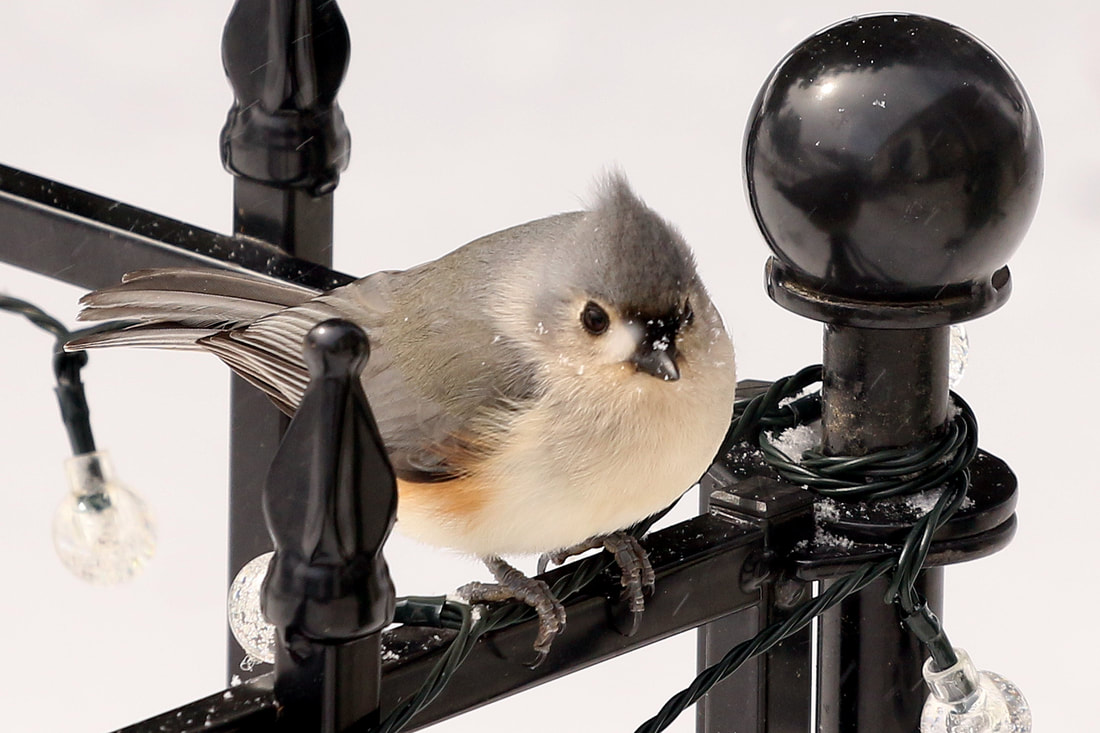


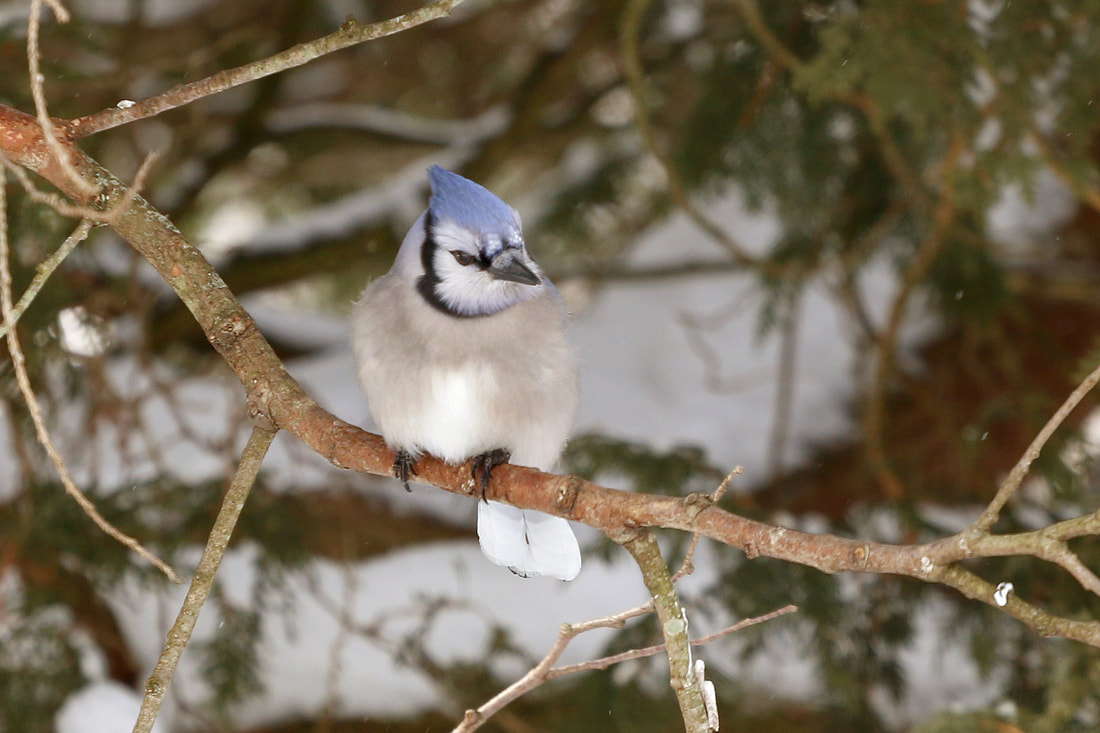
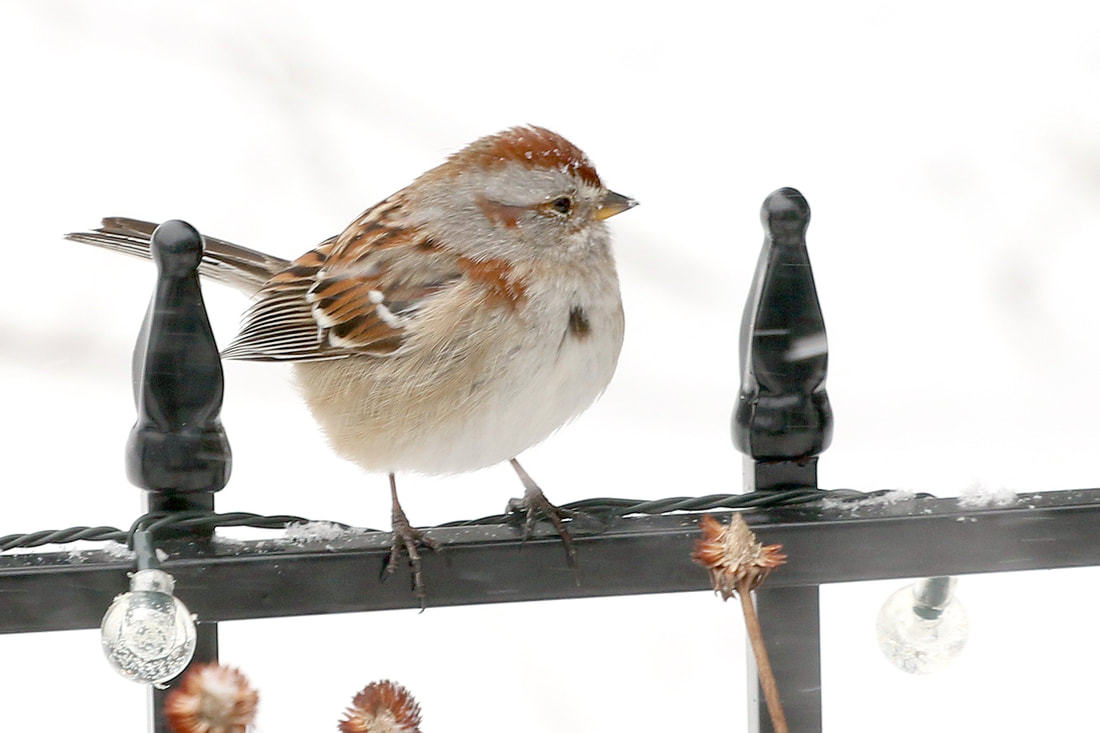
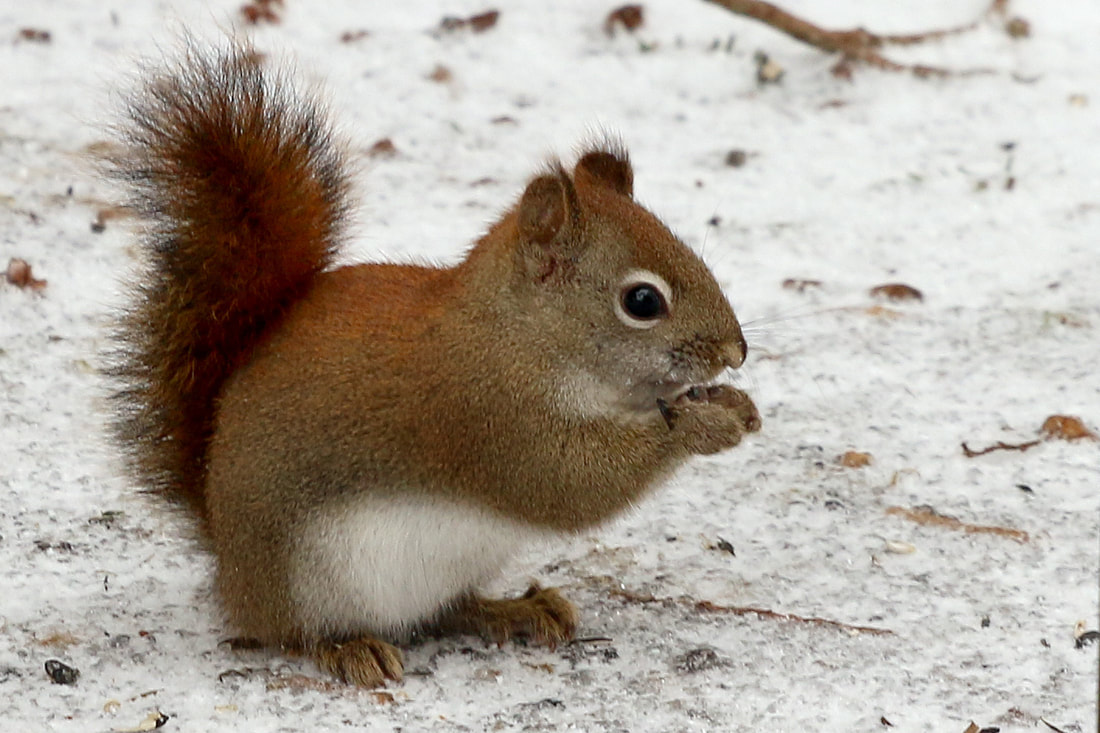
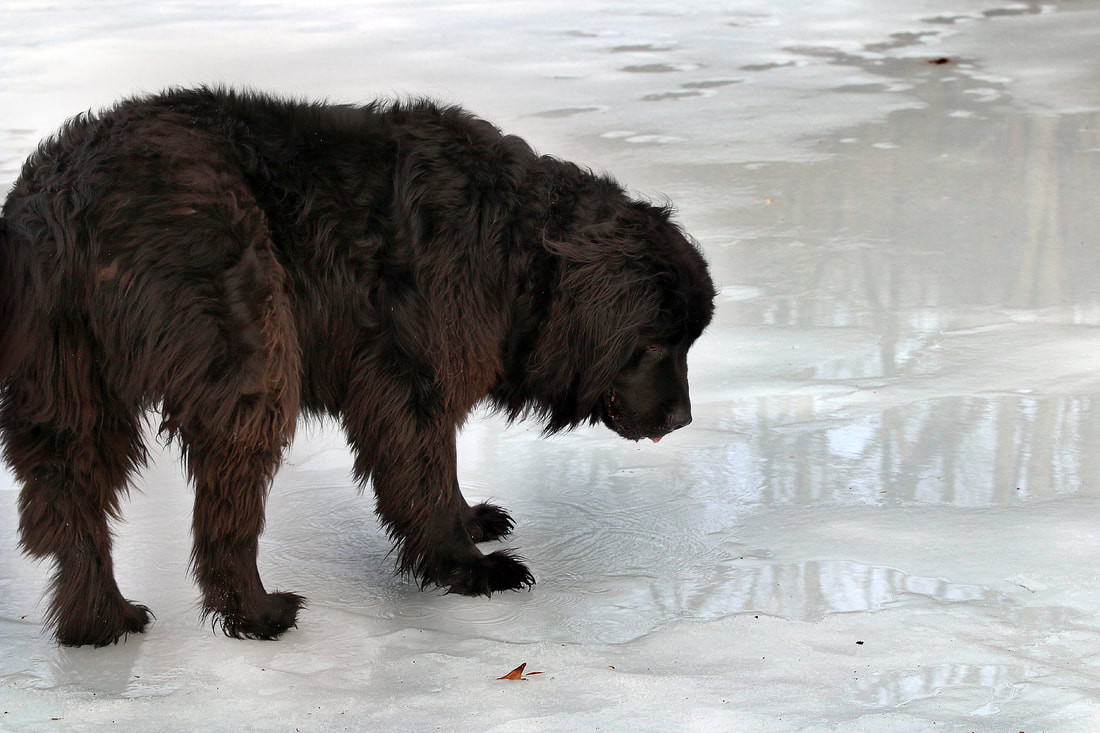
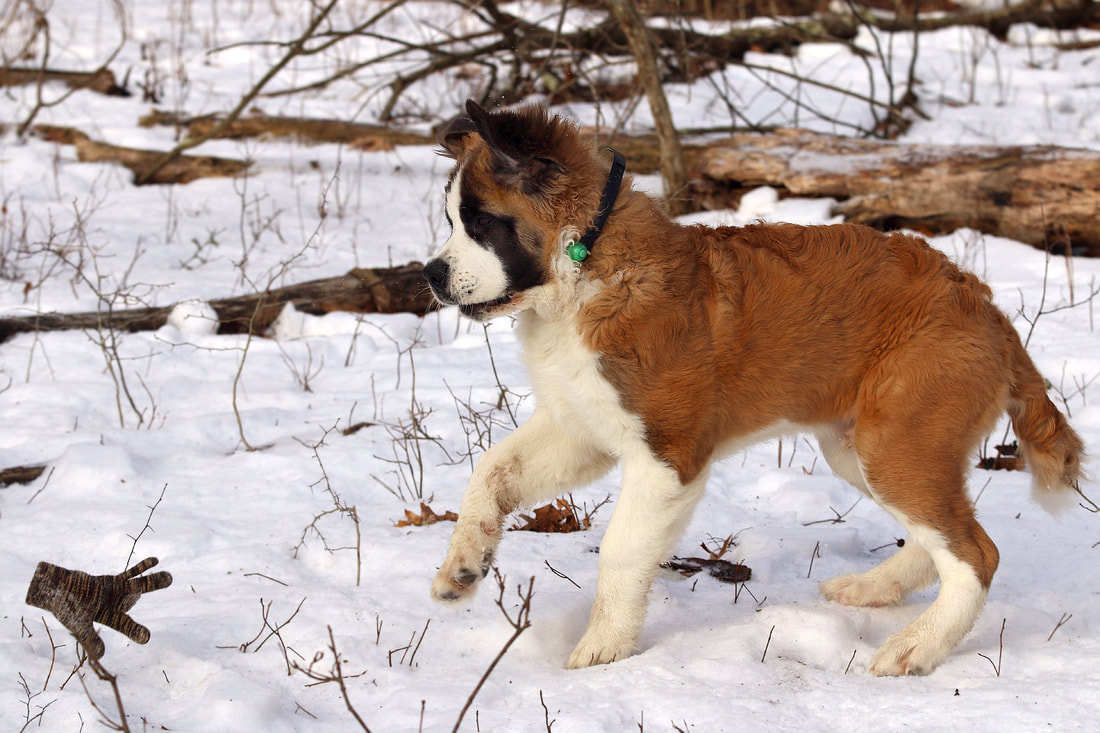
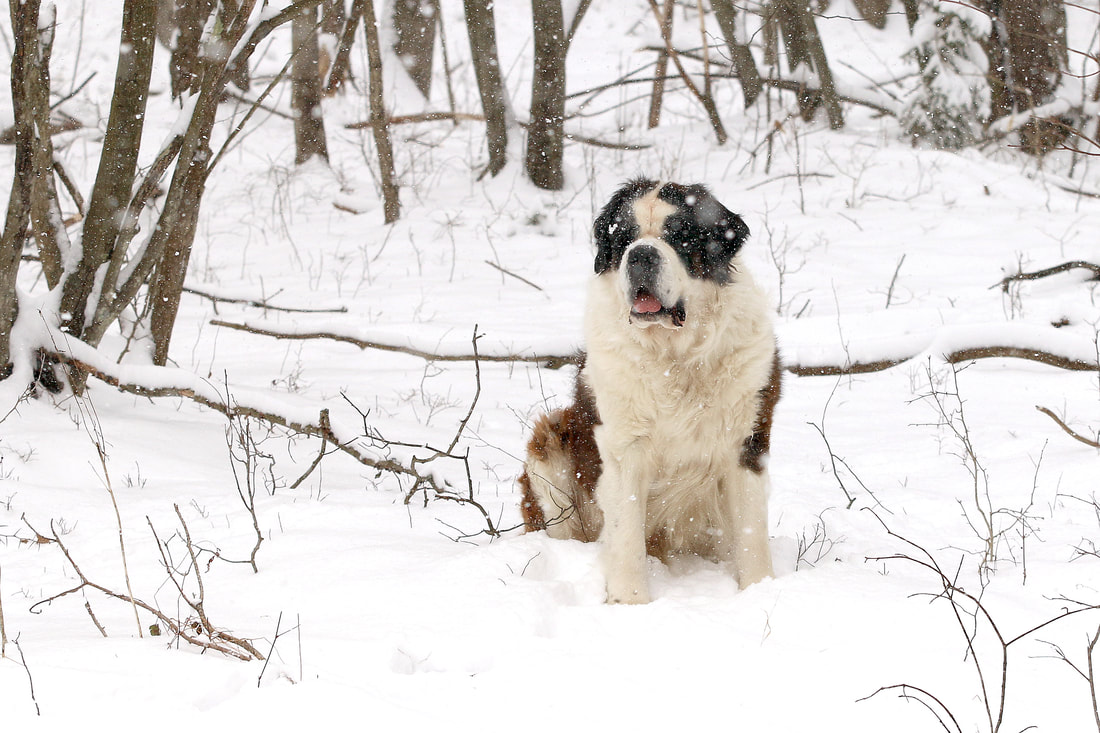
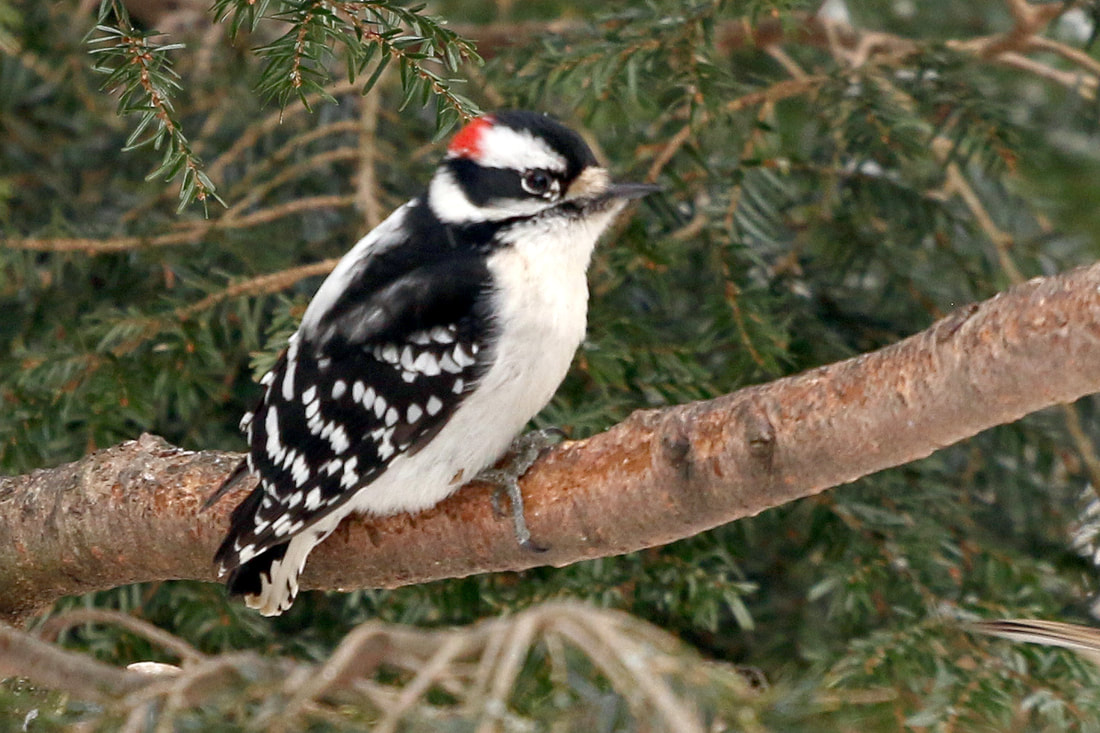
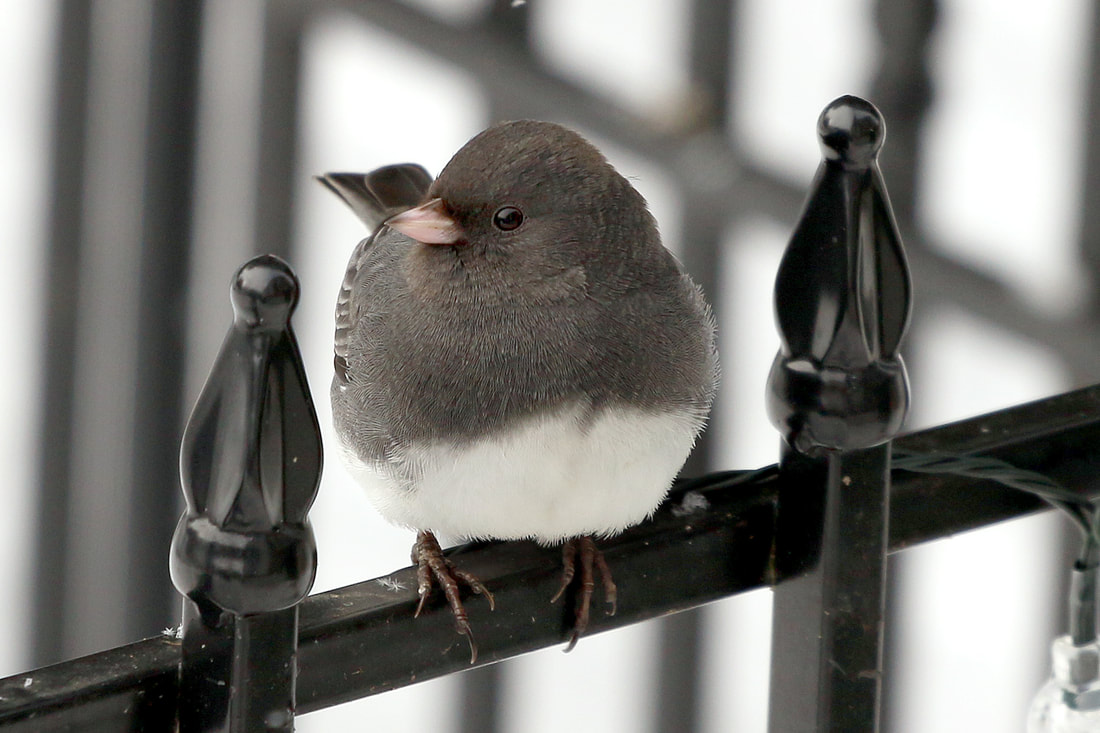
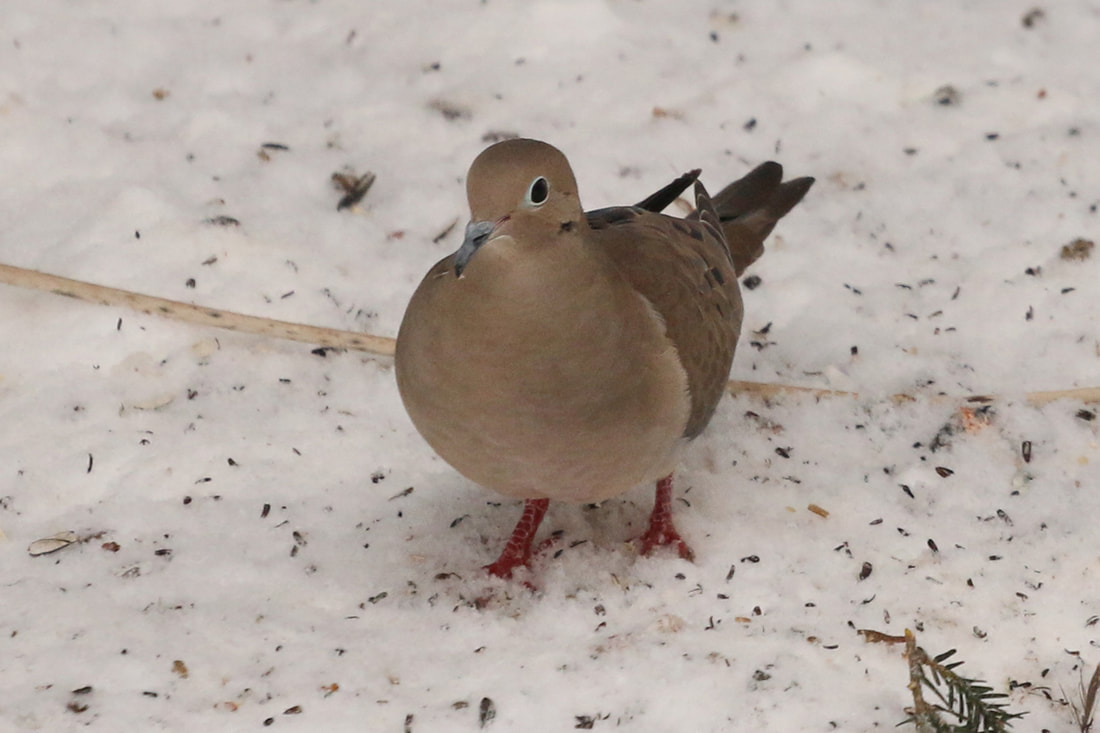
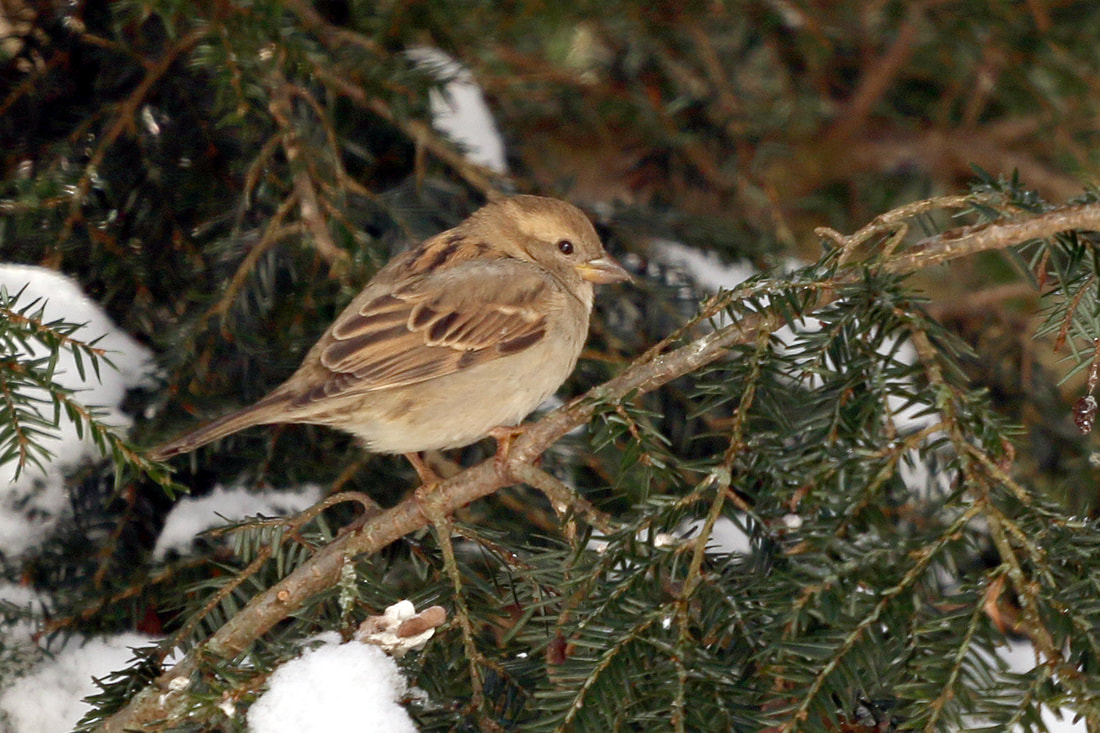
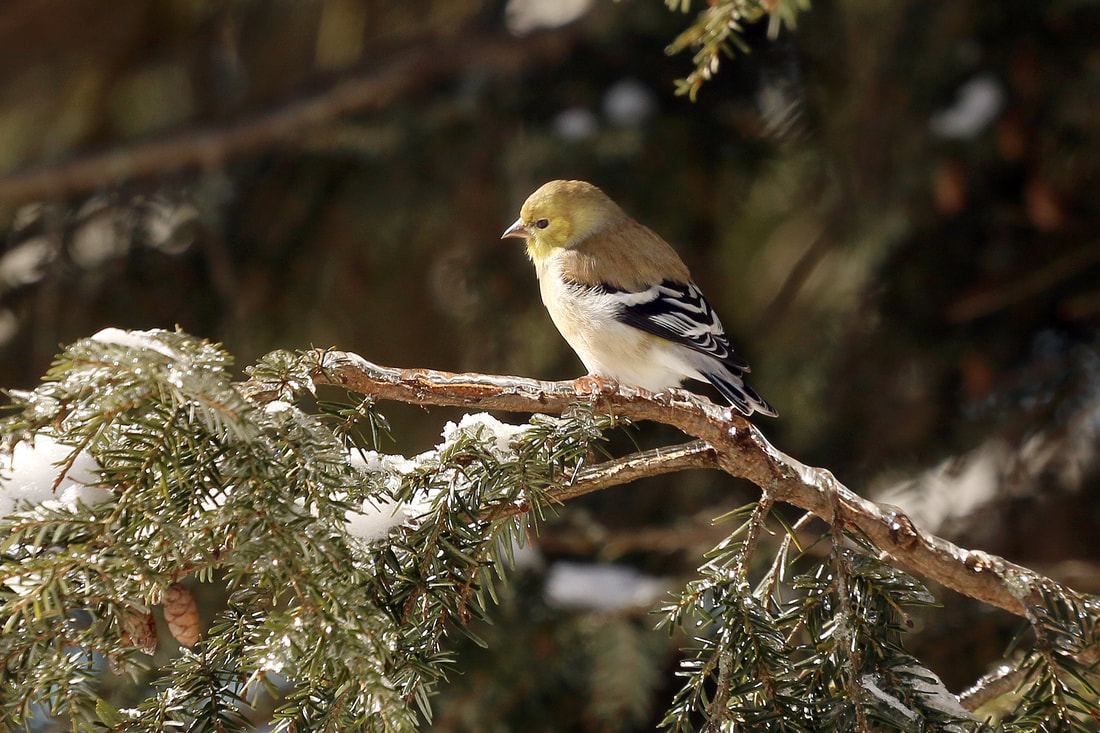
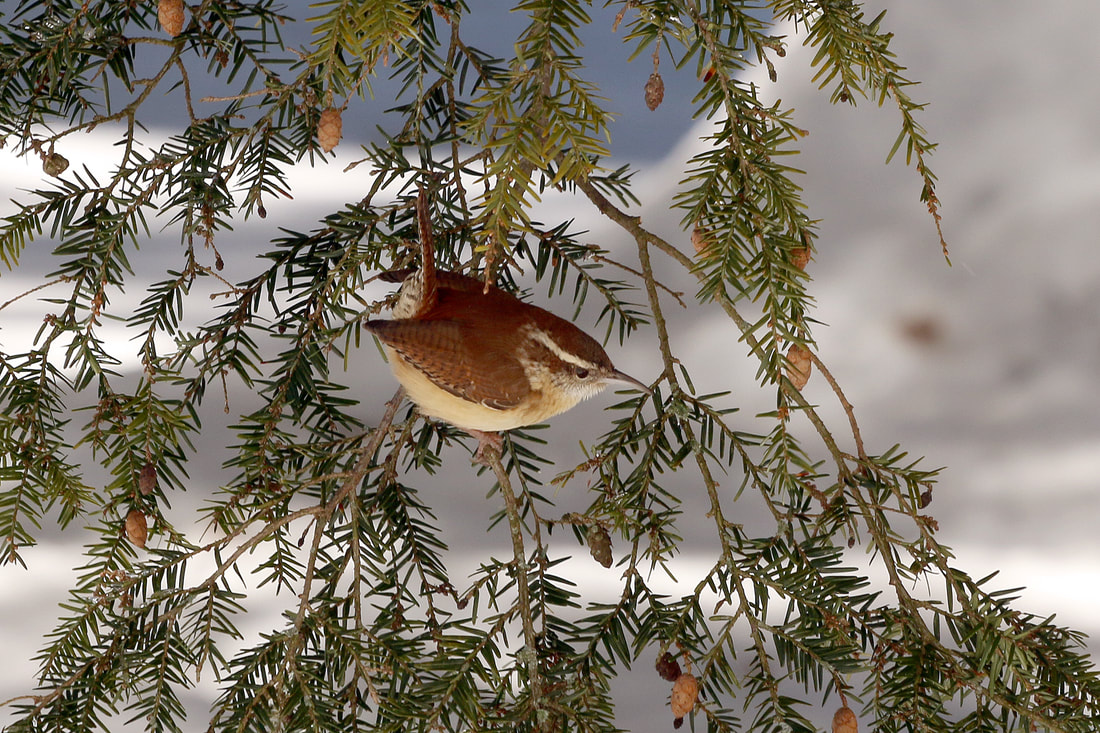
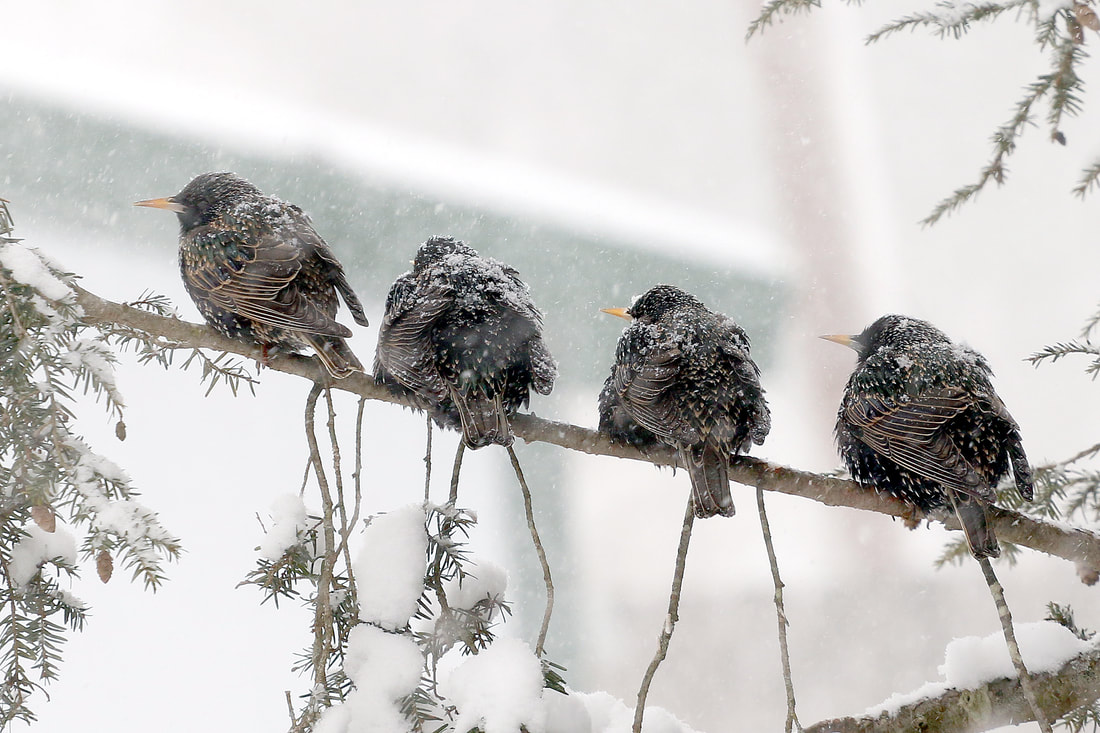
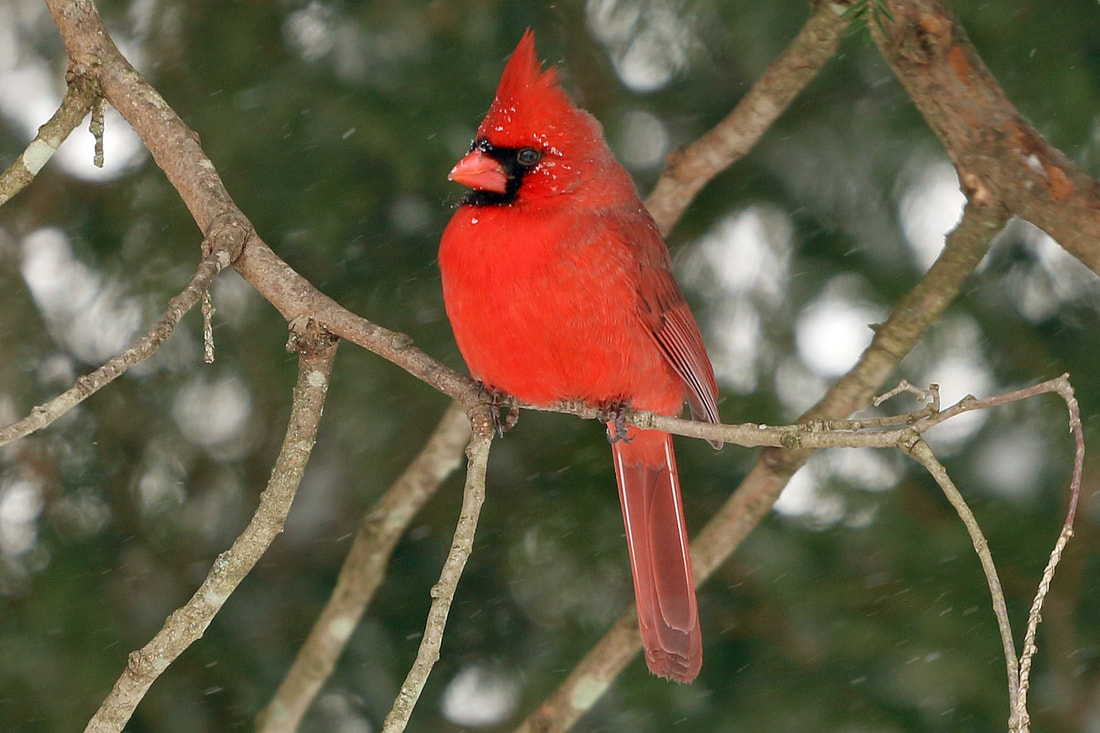
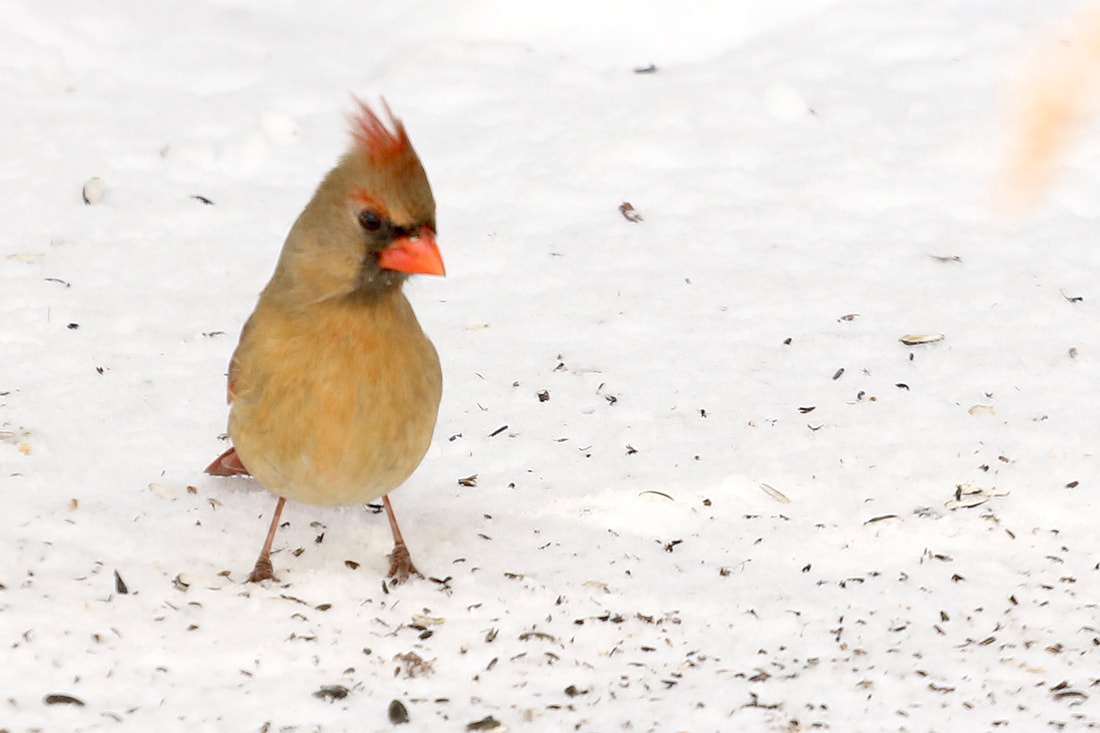
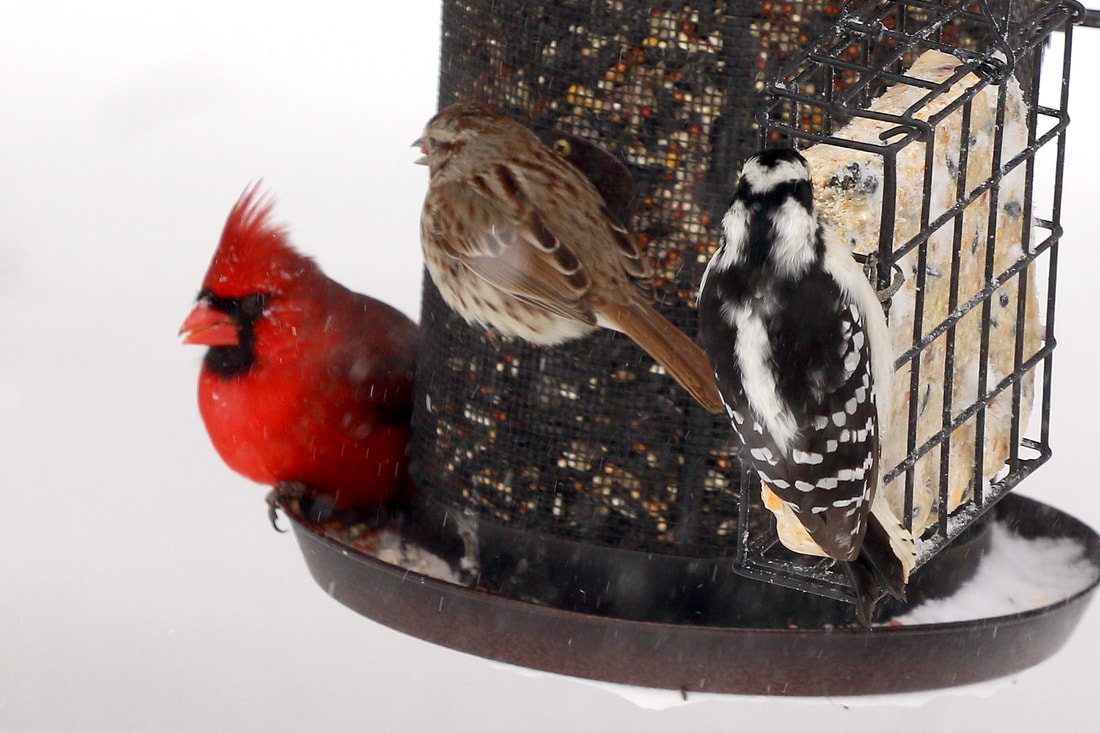

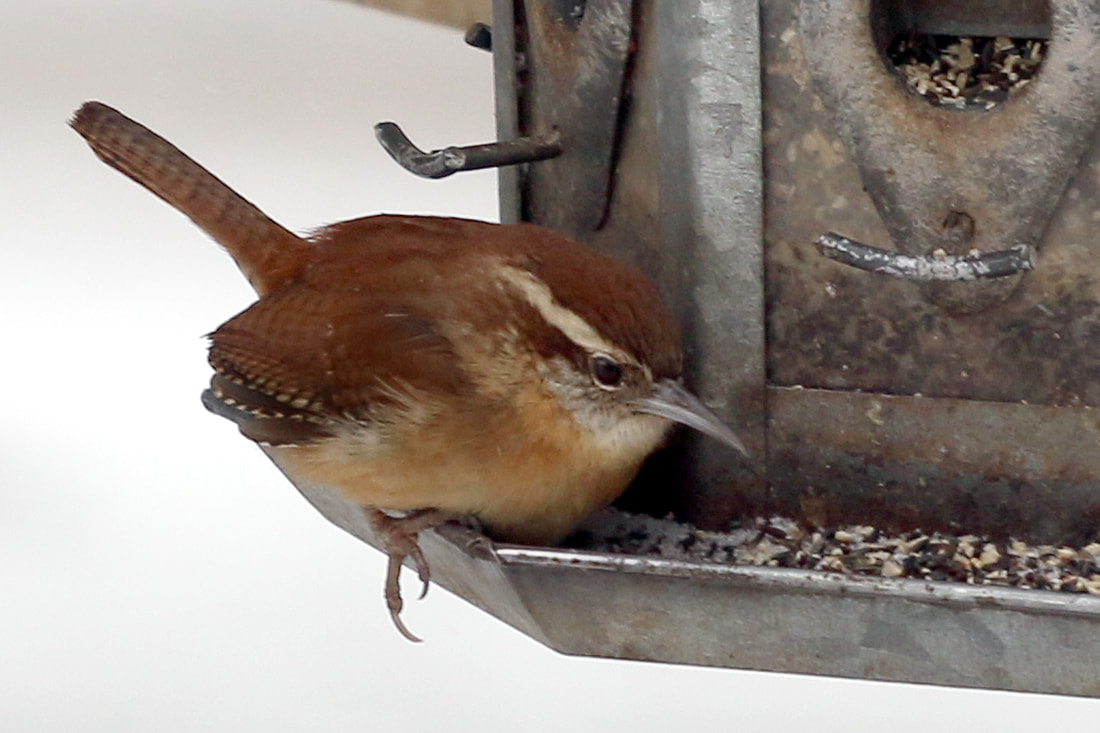
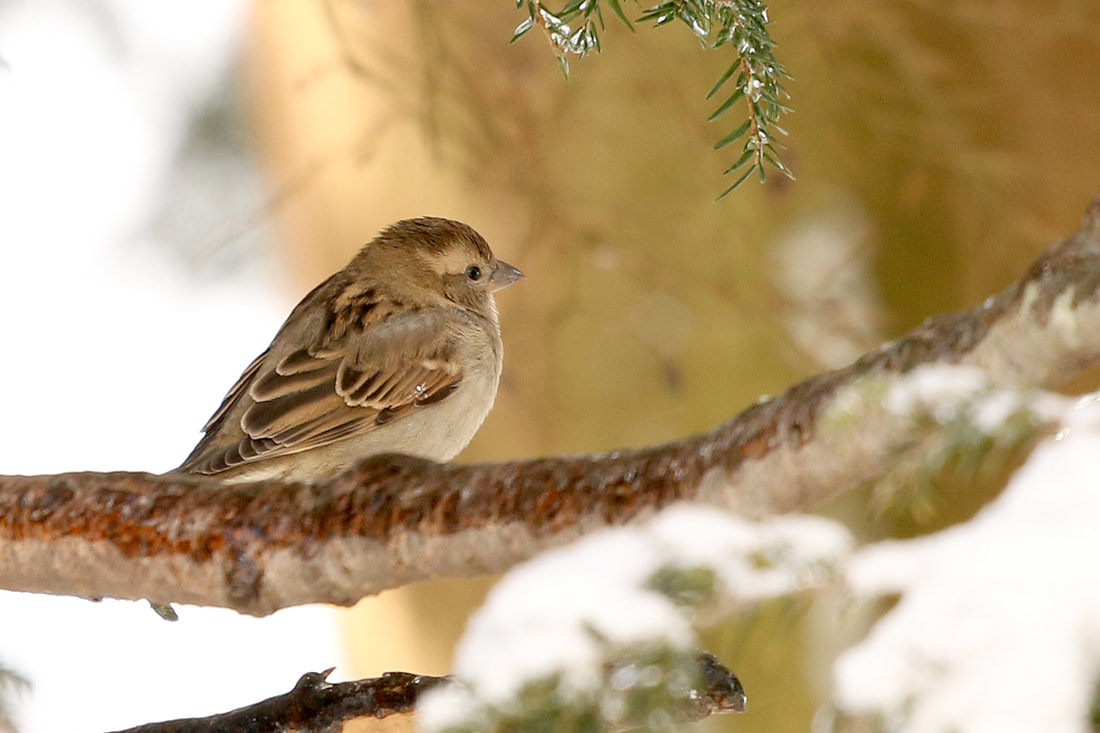
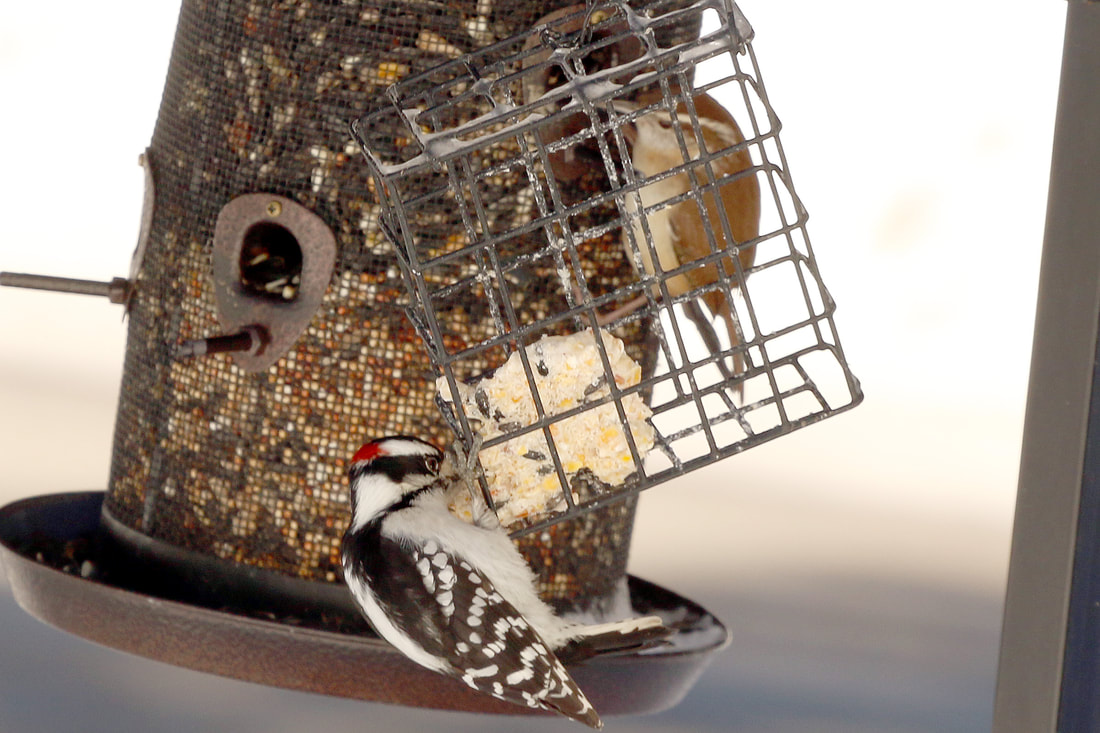
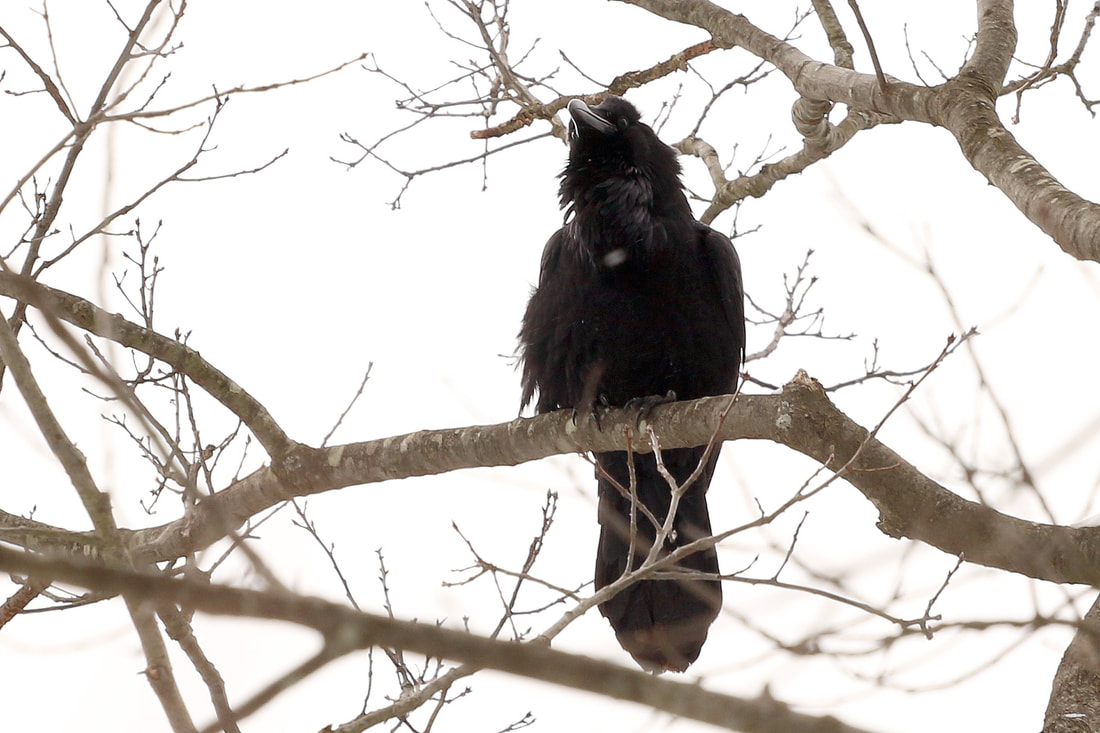

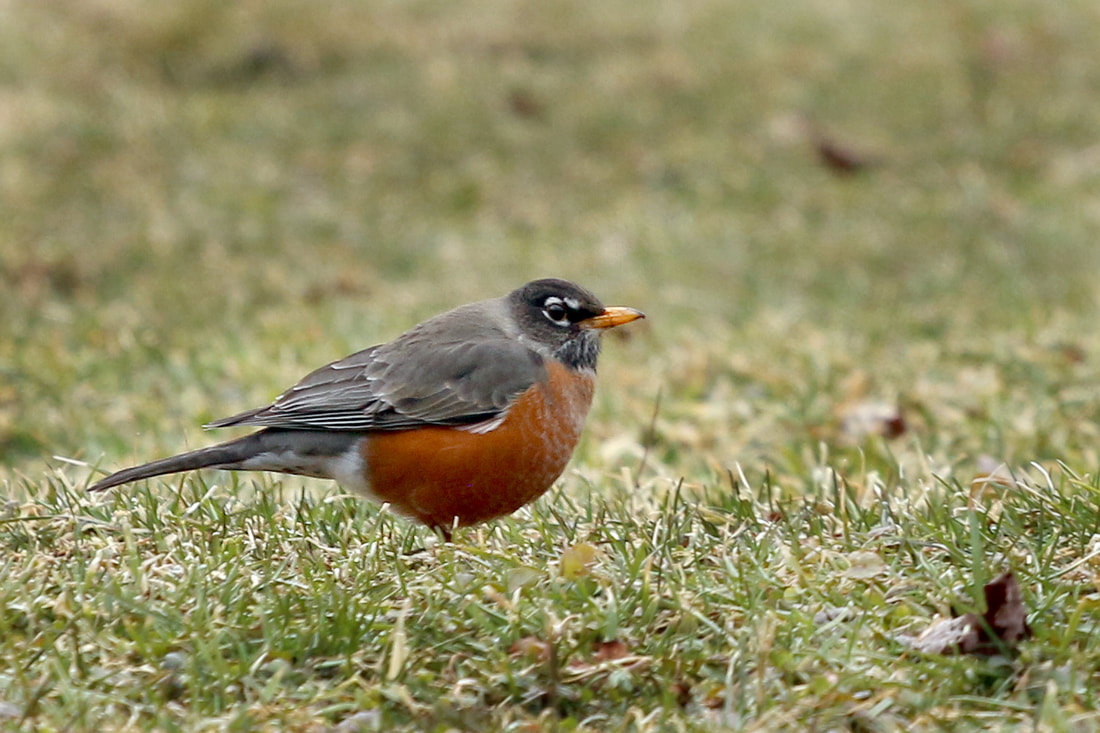
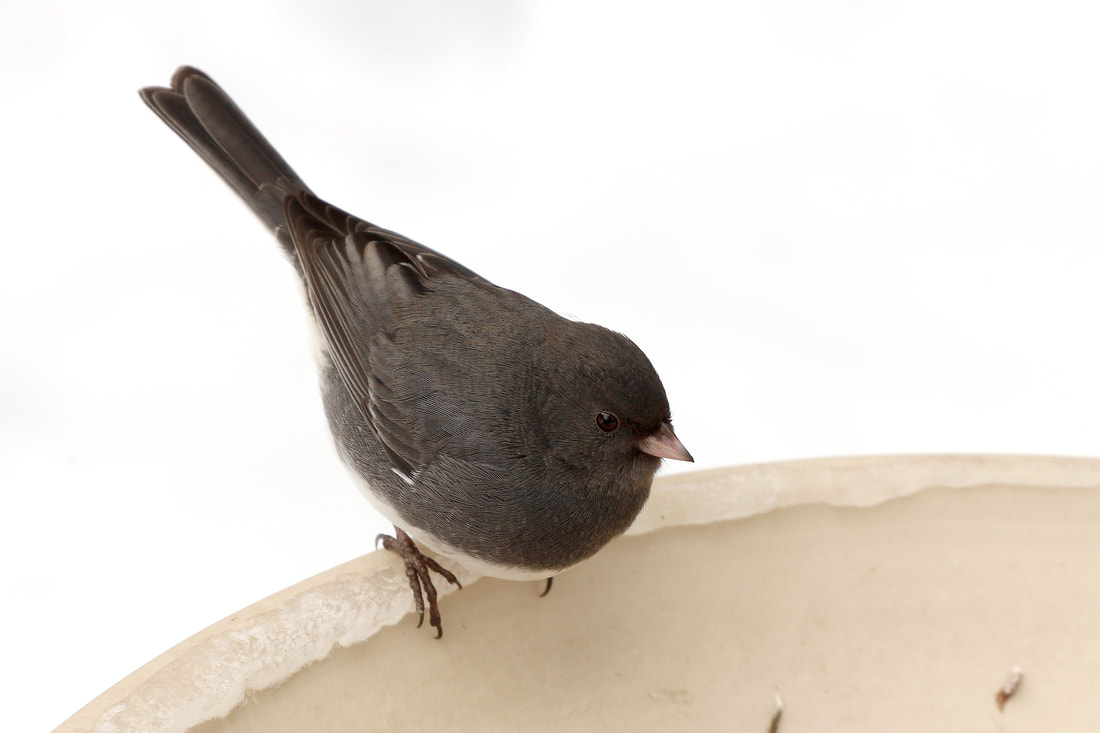
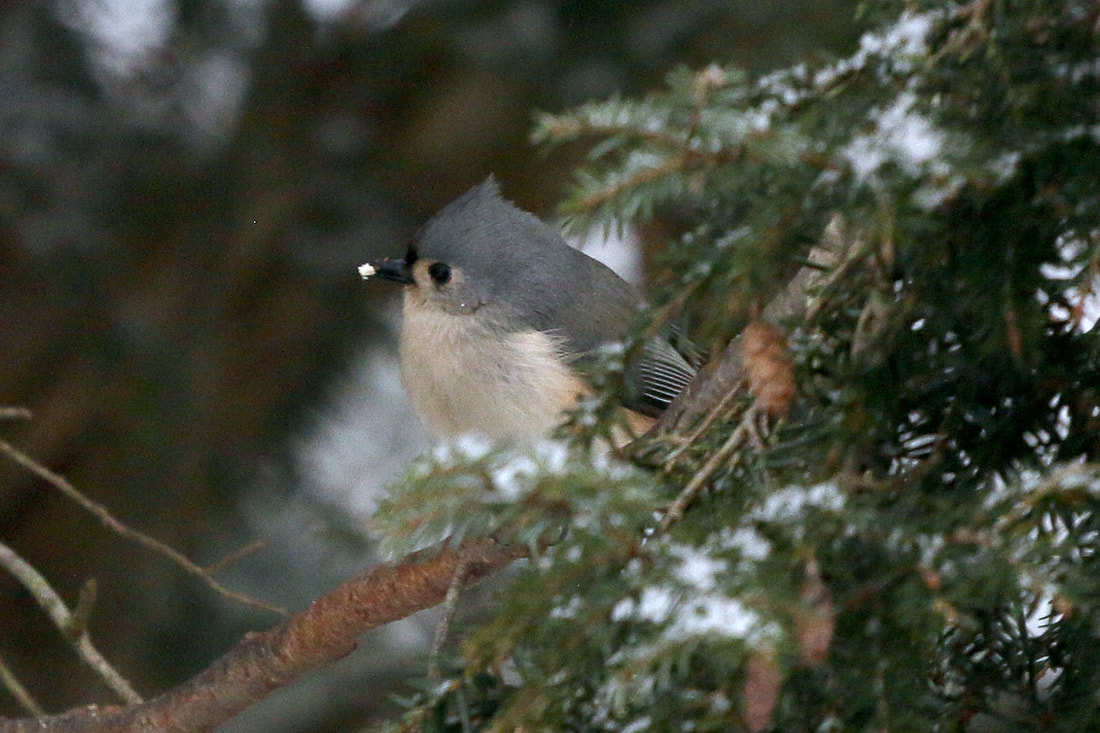




 RSS Feed
RSS Feed